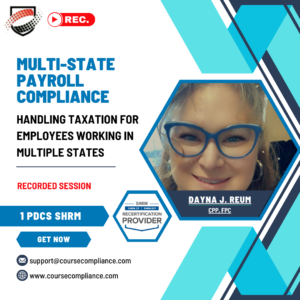The Equal Employment Opportunity Commission (EEOC) issued its first updated enforcement guidance on workplace harassment in 25 years on April 29, 2024. The guidance reflects a number of new developments concerning workplace discrimination and harassment and reflects U.S. Supreme Court precedent extending anti-discrimination protections to LGBTQ workers.
The EEOC had released the draft version of its guidance in September 2023 after an earlier effort to update existing guidance failed to gain traction during the Trump Administration.
The guidance does not constitute legally binding precedent, but it provides “legal analysis of standards for harassment and employer liability applicable to claims of harassment under the equal employment opportunity (EEO) statutes enforced by the Commission.” The new guidance supersedes several earlier EEOC guidance documents on harassment.
Workplace harassment” is more than just sexual harassment, the U.S. Equal Employment Opportunity Commission (EEOC) reminded employers in guidance published April 29. The commission shared specific examples of the kinds of harassment it deems unlawful—including harassment based on race, sex, religion and other factors.
Why one should attend the training:
The EEOC noted that since the Supreme Court held in 1986 that workplace harassment could constitute unlawful discrimination under Title VII of the Civil Rights Act of 1964, harassing conduct remains a serious problem in the workplace, representing more than one-third of the charges received by the EEOC over the last five years.
The enforcement guidance is broken down into the three components of a harassment claim:
(1) the covered bases and causation;
(2) discrimination respecting a term, condition, or privilege of employment; and
(3) liability.
In order for harassment to be actionable under federal EEO statutes, the individual must establish the conduct occurred because of a statutorily protected characteristic. This is based on an examination of the totality of the circumstances. The guidance outlines a number of principles that are used to determine whether harassing conduct is based on protected characteristics. In doing so, however, the guidance notes that not all principles will apply in every instance.
Areas will be covered during the Session:
- Learn what impacted the EEOC to establish this guidance
- Learn what the EEOC determines as harassment
- Learn what types of harassment claims are determined to be based on the EEOC new guidance
- Learn what the Civil Rights Act of 1964’s protect classes are impacted by this guidance
- Learn how stereotypes can impact the workplace regulations when it comes to hair textures, locks, twists and braids
- Learn how the Guidance Addresses Bathrooms, Misgendering
- Learn what happens when an Employee Asks an Employer Not to Investigate
- Learn how Pregnancy, Childbirth, or Related Medical Conditions are part of the guidance and what Employers can and can’t do
- Learn how transgender equity is also part of the EEOC guidance and protections
- Learn how to develop an anti-harassment policy that meets EEOC guidelines
Target audience
- All Employers
- Business Owners
- Company Leadership
- Compliance professionals
- HR Professionals
- Managers/Supervisors
- Employers in all industries
- Small Business Owners






Reviews
There are no reviews yet.